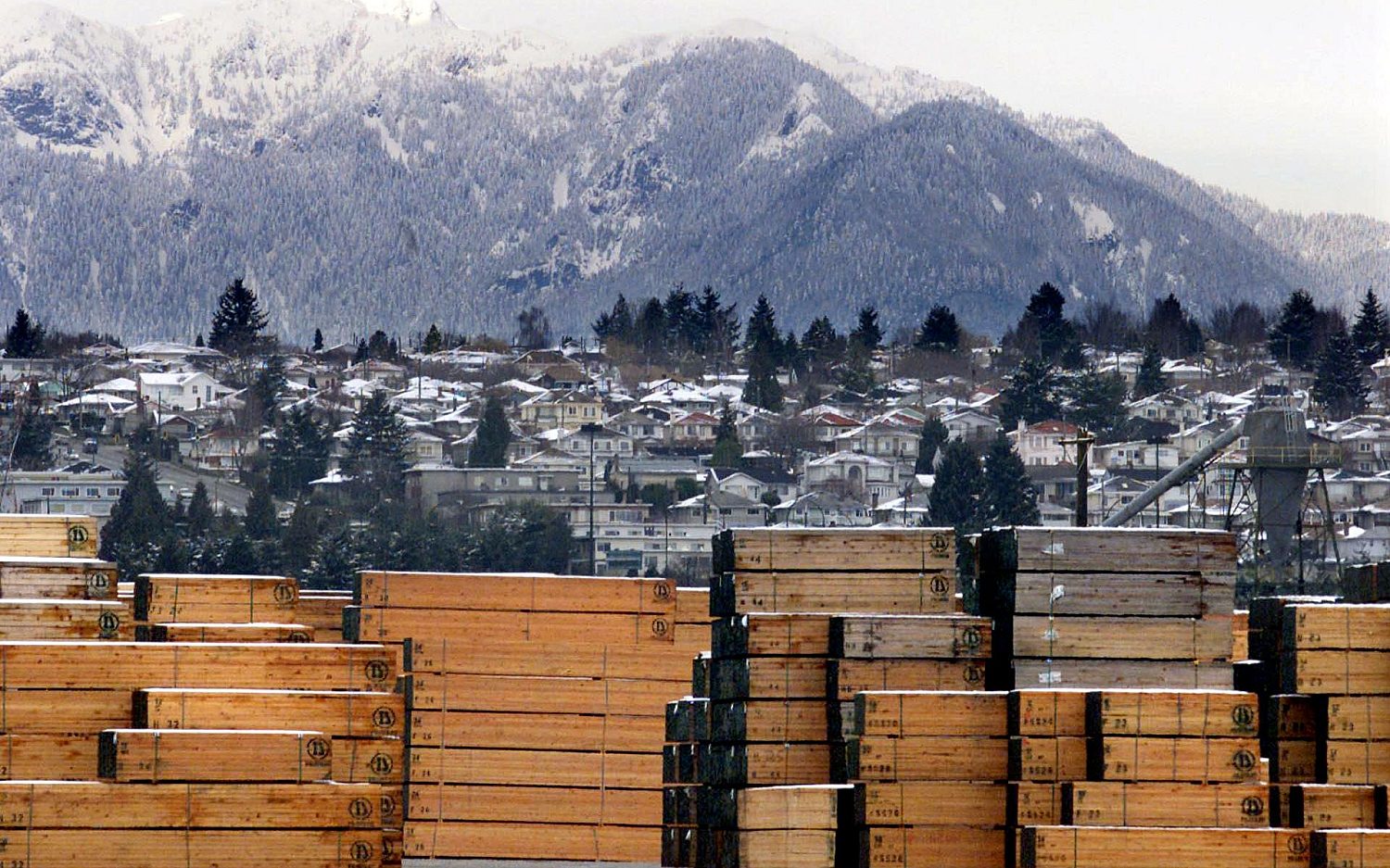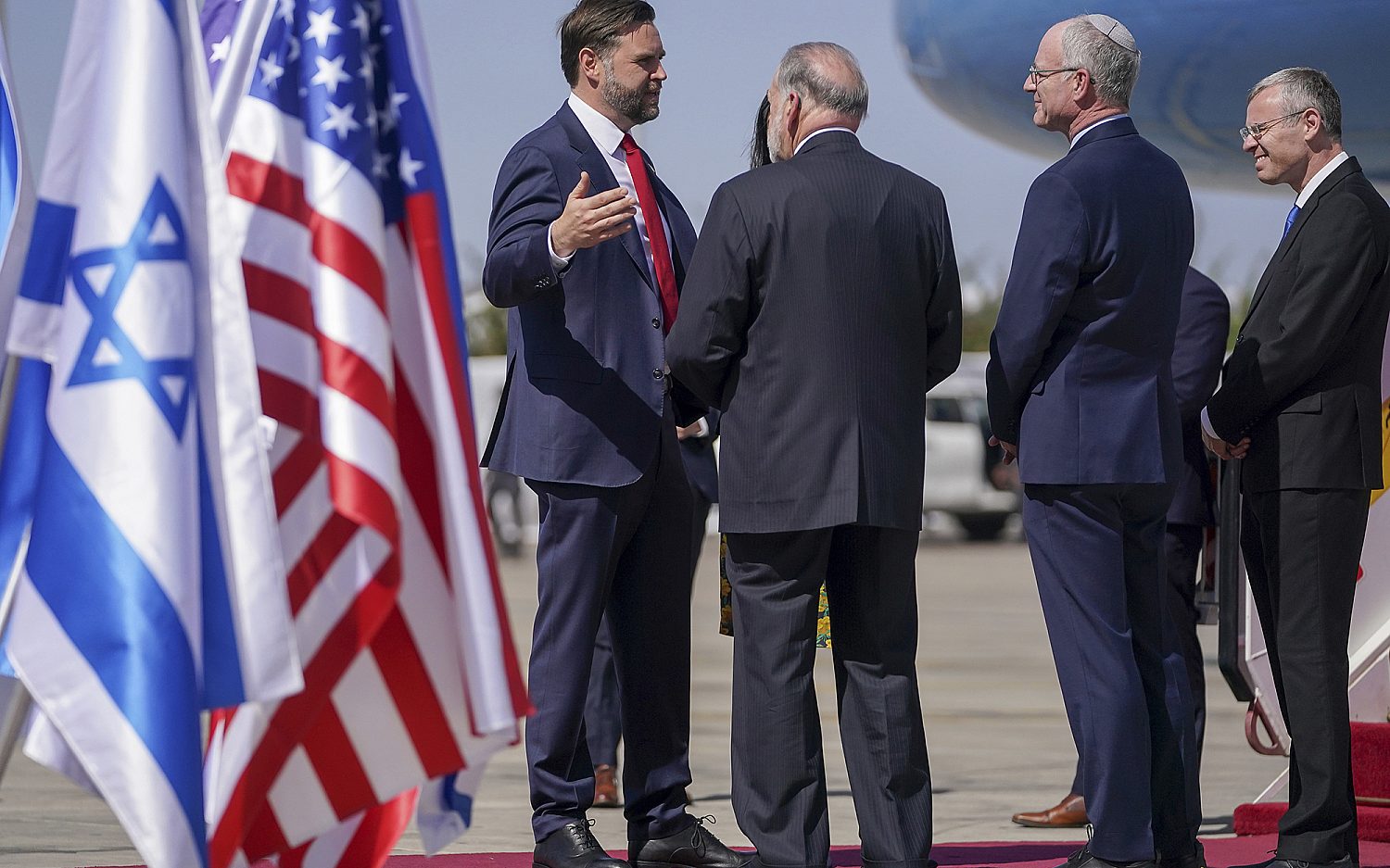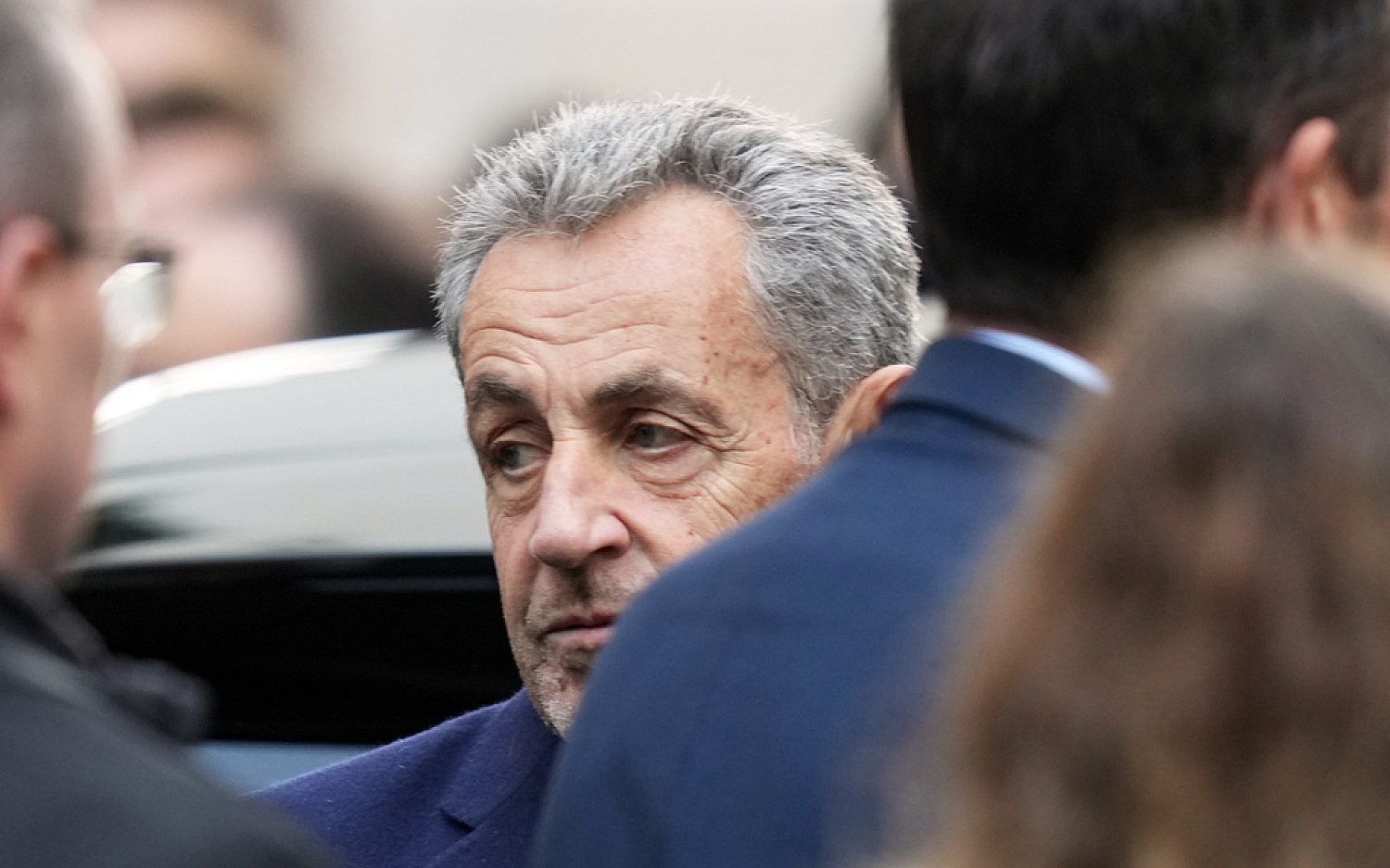Settlements continue
Israel continues building in the West Bank, despite assurances from Prime Minister Benjamin Netanyahu
BETHLEHEM-Most Americans who visit Bethlehem see the Church of the Nativity (the Orthodox church built in A.D. 326 over the site where Jesus was born), Manger Square, and the Shepherds' Fields, then leave. From the back of the bus they may not realize that they navigated a checkpoint or a maze of segregated Israeli and Palestinian roads.
I've zigzagged across the West Bank for about a week, trying to understand the life here and the obstacles to peace-and tiny Bethlehem is a microcosm of the biggest challenges.
Under the Oslo agreements, Bethlehem came under Palestinian Authority control in 1995. Yet the presence of the Israeli government is perhaps as clearly felt as when Israel stationed troops in the city following the Six Days War in 1967. The Israeli security wall-a 25-foot-high concrete barrier-cuts through the valley from the west and leads right into town, where it forms a crook around Rachel's Tomb, with an observation tower manned by Israeli Defense Forces, making the site accessible to Israelis but not Palestinians.
With the wall came new highway construction and a new checkpoint, also west of town. The highway allows Israelis living in settlements south and west of Bethlehem to bypass Bethlehem and its checkpoints en route to Jerusalem.
But it and the wall bisect the West Bank and have divided Palestinian villages from Bethlehem, the capital of their governorate, and in some cases have divided villages from land they have traditionally farmed. To help alleviate those problems, an alternative route for local Palestinians is under construction. A prominent sign along the way points out that construction funds are coming from the U.S. Agency for International Development. Since they have no alternative, Palestinians for now are using its rocky and in some places one-lane roadbed.
If you think this is confusing, it's the reality for the city's 25,000 residents. A local guide here, a Palestinian Christian, had to attend a meeting of the tourism board in Jerusalem last week, a distance of less than 10 miles. He parked his car on the West Bank side, waited one-and-a-half hours in line at the checkpoint, and then caught a bus into Jerusalem because his car has Palestinian tags. He can petition the government for a special permit, but the procedure requires going to court and often months of waiting. Most Palestinians will request a permit if they have a medical condition or other special circumstances requiring easier transit, but say that otherwise it's just one more hassle.
South of Bethlehem are some of the largest-scale Jewish settlements in the West Bank. Unlike East Jerusalem, where Prime Minister Benjamin Netanyahu's government announced additional housing units last week, Netanyahu has said he will not approve the expansion of settlements in the West Bank. But on Sunday I stood beneath a hilltop settlement named Betar Illit and watched the cranes and construction.
Betar Illit, with 30,000 ultra-Orthodox Jewish residents, is expanding once again. Then-Interior Minister Ariel Sharon launched the settlement in 1995 with 5,500 residents. By 2001 Betar Illit's population had doubled to over 11,000 and today it has nearly tripled. A new bloc of eight- to 10-story apartment buildings is under construction down a hillside encroaching on the ancient Palestinian village of Wadi Fukin. A berm built for a new roadway into the settlement already has overrun pastureland used by the village. And drainage pipes jut from beneath the roadbed, pouring into the valley below runoff or other wastewater onto agricultural land that includes olive groves, fruit trees, and an open spring.
The Israeli government, with often-tacit U.S. approval, has asserted its right to build settlements in the West Bank, but international groups and the UN have said the settlements violate the Fourth Geneva Convention for occupied land, since Israel acquired the area during the Six Days War in 1967. More than 40 years later with episodes of protocols, accords, and roadmaps, the two sides are little closer to consensus over boundaries. Yet Israel continues to build enclaves that involve controversial land confiscation and infrastructure projects, each making the vision for a two-state solution, from this vantage point, geographically impractical.
The wall-and its related highway reconfigurations-has added to the settlement controversy. On the outskirts of Bethlehem, for instance, the wall runs about five miles inside the Green Line, or 1967 border. Israel has said arbitrary placement is necessary for security. During the Second Intifada, Bethlehem was a combat zone: In 2002, 200 Palestinian militants took the Church of the Nativity hostage-a siege that lasted 39 days and resulted in nine militants plus several Palestinian Christians connected with the church being killed.
But residents in Bethlehem tell me the restrictions imposed by Israel have hit daily life as hard or harder than the activities of militant Islamists. Bethlehem was 85 percent Christian when Israel was granted statehood in 1948; and is about 20 percent Christian today. Many of those Christians have left for the United States and elsewhere as their freedom of movement and commerce has declined, while weariness has risen over the uncertainties and hardships here.
An actual newsletter worth subscribing to instead of just a collection of links. —Adam
Sign up to receive The Sift email newsletter each weekday morning for the latest headlines from WORLD’s breaking news team.





Please wait while we load the latest comments...
Comments
Please register, subscribe, or log in to comment on this article.